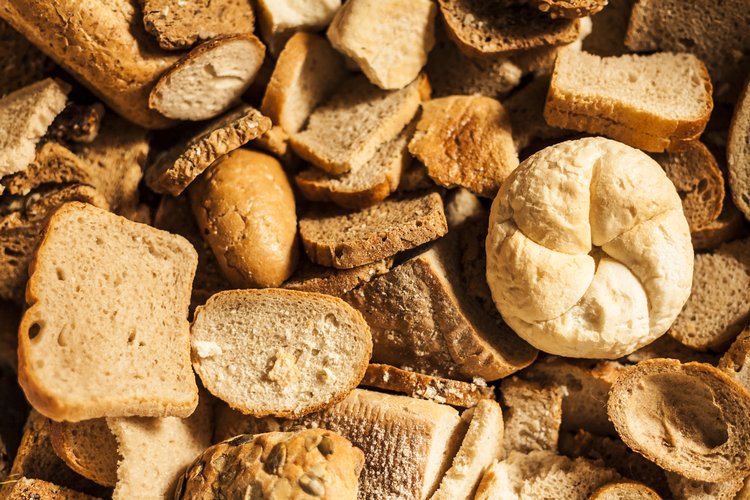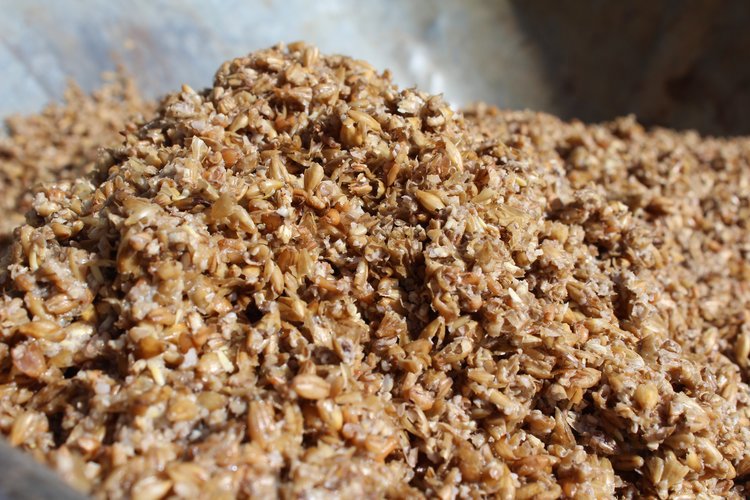

Increasing awareness
Food producers are increasingly aware of the need to carefully use our resources to meet the needs of a growing global population. Using nutritional by-products from the food industry as animal feed can result in more sustainable animal protein production and less waste. As a result, preventing microbes from consuming valuable nutrients in food by-products has become an important issue in ensuring their suitability for inclusion in animal feed.

The impact on the farmer
Traditionally, most by-products are lost to landfills, biogas production, or, less frequently, used in animal feed production based on dry-matter rather than nutritional value.
If untreated, within seven days of storage, microbial proliferation will decrease the level of dry matter by as much as 30%.
This points to an enormous potential to maintain economic value and safeguard nutrient availability for the animal by preserving the integrity of food by-products.
